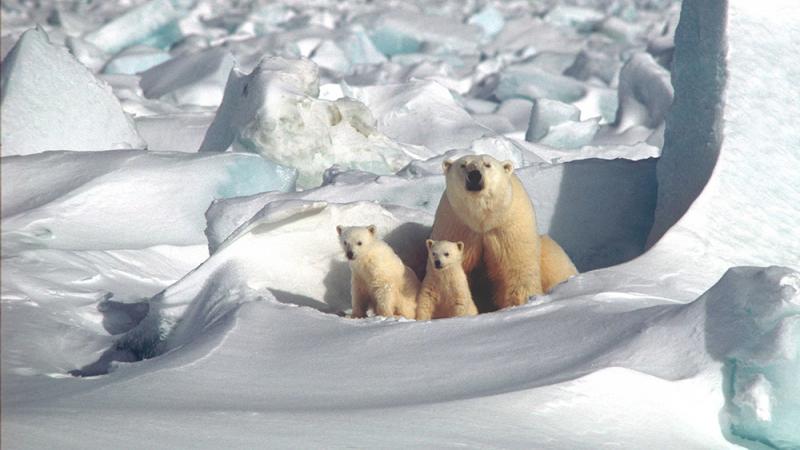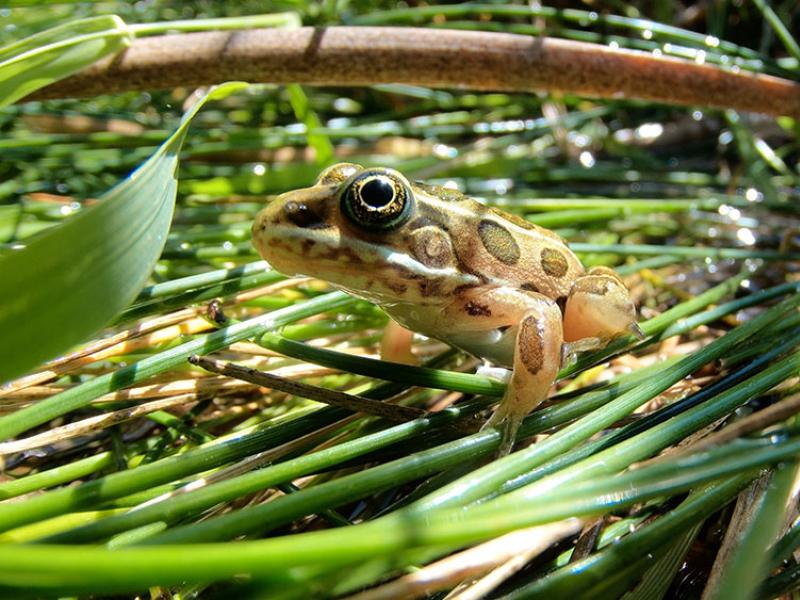
This week, the White House announced plans to open the Arctic National Wildlife Refuge to oil and gas exploration — a move that could spell disaster for polar bear mothers and their cubs.
Polar bears living in this refuge are threatened — their population has declined by 50% since the 1980s. And a third of this population gives birth to their cubs on the refuge's coastal plain.
Each autumn, pregnant polar bears travel to the coastal plain to dig their dens in snow drifts. In midwinter, they give birth to tiny, helpless cubs — nursing and protecting them within the safety of their dens until spring. When the cubs emerge, mom must guide them to the sea ice and start hunting to replenish her fat reserves.
That period inside the den is a critical — and vulnerable — time for polar bear families. A disturbance can force a polar bear mom to abandon her den, likely resulting in death for the cubs.
If oil companies are allowed to use seismic testing in the Arctic Refuge, heavy vehicles will tow earth-shaking equipment across the middle of this polar bear nursery, sending tremors into the ground, rattling everything that's in it.
Research by our partners at Polar Bears International, San Diego Zoo Global and the U.S. Geological Survey indicates oil and gas activities in the refuge will reduce polar bear survival rates.
The science is clear: These proposed seismic tests pose a grave threat to an already-threatened polar bear population. At this time, we should be shifting away from fossil fuels, not desperately hunting for them across one of North America's few remaining wilderness areas.
We urge the White House to reverse its decision and protect this important polar bear nursery.
Don Moore, Ph.D., is director of the Oregon Zoo.
Photo: Steven Amstrup/ U.S. Geological Survey
More News

Zoo welcomes 'very special group' of Pacific lamprey
Twenty five Pacific lamprey arrived at the zoo from nearby Willamette Falls.June 26, 2025

A leap forward: Endangered frogs hit survival milestone
For the first time, zoo-reared northern leopard frogs survived a winter in the wild at the Columbia National Wildlife Refuge.June 12, 2025

Tiny Endangered Turtle Hatchlings Arrive At Zoo
Seventeen northwestern pond turtle hatchlings, each about the size of a walnut, are making themshellves at home at the Oregon Zoo this summer.June 4, 2025

